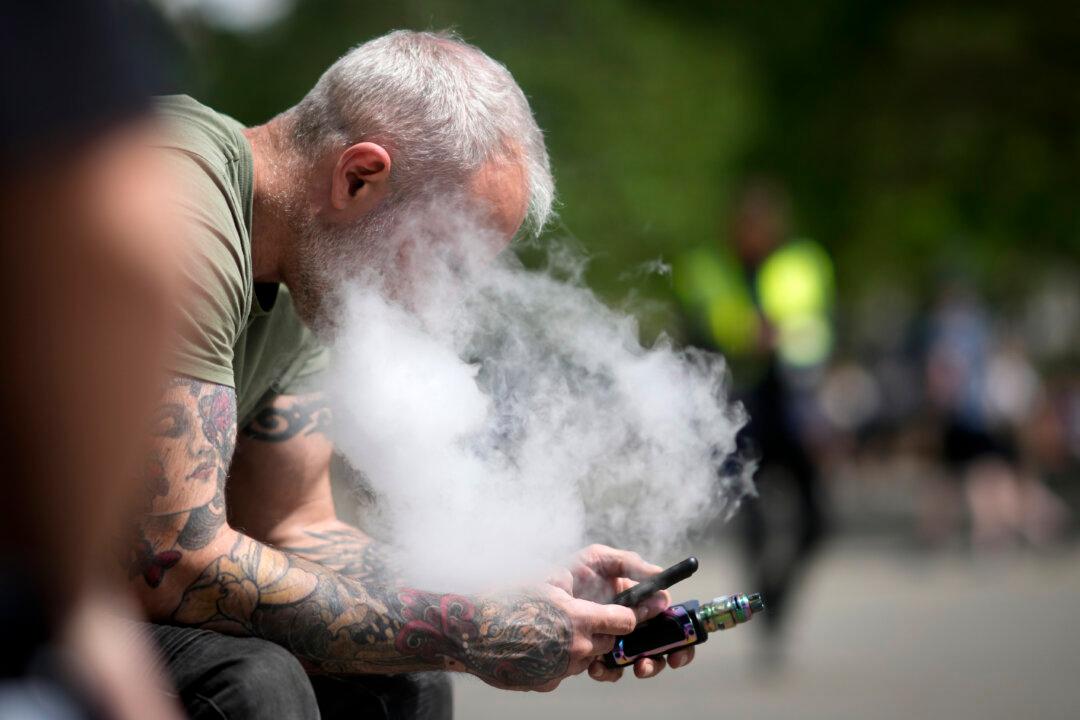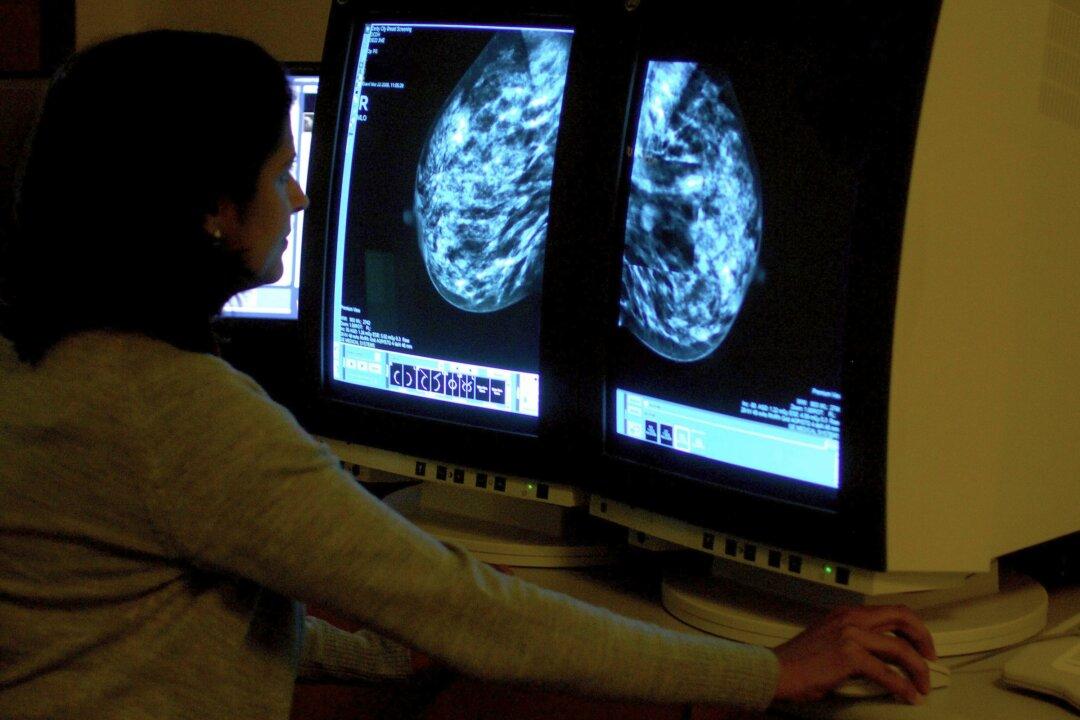The toppled statue of slave trader Edward Colston is to go on public display in Bristol.
The bronze memorial to the 17th-century merchant was pulled down from its plinth during a Black Lives Matter protest on June 7 last year in the wake of the murder of George Floyd in the United States.
It was rolled to the harbourside, where it was thrown in the water at Pero’s Bridge, named in honour of enslaved man Pero Jones who lived and died in the city.
Days later the statute was recovered from the water by Bristol City Council and put into storage.

It will now go on temporary display at the M Shed museum from June 4 alongside placards used during the protest.
Bristol residents are also being asked by the We Are Bristol History Commission about what should happen next to the statue.
Mayor Marvin Rees said: “June 7 2020 is undoubtedly a significant day in Bristol’s history and had a profound impact not just in our city but also across the country and around the world.
“The Colston statue: What next? display at M Shed is a temporary exhibition which aims to start a conversation about our history.
“The We Are Bristol History Commission will be leading that conversation with citizens over the coming months.
“The future of the statue must be decided by the people of Bristol and so I urge everyone to take the opportunity to share their views and help inform future decisions by taking part in the survey.”
Feedback from the public survey will inform the History Commission’s recommendation on the long-term future of the Colston statue later this year.
Responses will also be archived and made publicly accessible as a resource for researchers, schools, and those who wish to learn more about Bristol’s history and the city’s links to the transatlantic traffic of enslaved African people and its present-day legacy.
Dr. Tim Cole, chair of the commission, said: “This is an opportunity for everyone to have your say on how we move forward together.
“The display is not a comprehensive exhibition about Colston or transatlantic slavery in Bristol, but it is intended to be a departure point for continuing conversations about our shared history.”
After its retrieval from the harbour, the conservation team at M Shed cleaned the statue and stabilised the spray paint graffiti to prevent flaking.
The bike tyre that emerged from the water with the statue will also form part of the display.
Fran Coles, conservation and documentation manager at M Shed, said: “The aim of our conservation work was to stabilise the statue and prevent deterioration from the water and silt it had been exposed to.
“This will prepare the statue for whatever its future may be. M Shed’s role is to reflect the history and contemporary issues relating to Bristol, telling the stories that matter to the people of Bristol.
“Therefore, it is a very suitable location for this short-term display of the statue. It will enable visitors to take stock and make their own minds up concerning the future of the statue.
“The display and survey will also be online, helping to reach people across the city and beyond.”




